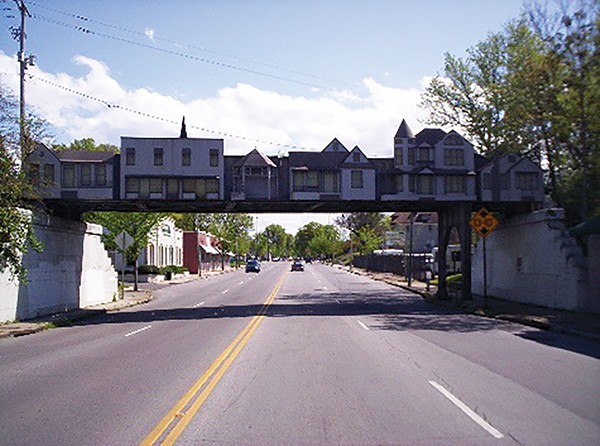Cooper-Young is a step closer to becoming a historic overlay district after the designation was approved last week by the Memphis Landmark Commission.
Bounded by Central on the north, East Parkway on the east, Southern on the south, and McLean to the west, the 335-acre proposed historic overlay district includes about 1,600 households.
If designated as a historical landmark, the Landmark Commission would enforce a set of guidelines to regulate the neighborhood’s demolition, new construction, residential improvements, and add-ons.
For example, if a resident wants to replace a window or door, they must first pay $75 and submit an application to the Landmark Commission for approval.
Fees vary by project, ranging from $35 for a fence installation to $150 for construction of a new house.

“Historically hip” Cooper Young
This caveat is the key concern of eight opposition letters sent to the commission ahead of last week’s decision. One letter read: “We are not interested in having someone on some un-elected board make decisions about additions or alterations to our property, and the only winner in this scenario seems to be the Memphis Landmarks Commission, which will get the application fees.”
But, Kristen Schebler, executive director of the Cooper-Young Community Association, the official applicant of the designation proposal, said that the purpose of creating a historic overlay district is not to tell people exactly what they can build, but to ensure new structures fit the character of the neighborhood.
New homes that lack historic, Cooper-Young characteristics (like front porches) have been built there recently. Schebler said that was a “huge motivating factor” for applying for historic overlay protection. The new guidelines would require that all houses be constructed with front porches.
“Unless there’s a good reason, they need to have a front porch,” she said.
The guidelines also touch on the building materials allowed for new construction, as well as the height, width, roof shape, and distance from the street.
At last week’s meeting, residents in opposition questioned the transparency and inclusiveness of the application process.
Commissioner Andre Wharton agreed and voiced his concern about whether or not enough due process has been provided to all the residents of Cooper-Young.
“I’m concerned if enough due diligence has been put into it to ensure that everyone has had an opportunity to be heard.” Wharton said. “This is a huge deal. Have everyone’s voices had a chance to be heard? I see benefits to having this designation, but I also see some of the detriment it could cause individuals.”
Wharton worried some in the neighborhood may lack the resources to adhere to the historic guidelines and couldn’t pay the required fees for improvement projects.
Encouraging the commission to have more discussion before moving forward with a vote, Wharton was the only one of seven commissioners to vote against the designation.
Before taking effect though, the application must be approved by both the Land Use Control Board and the Memphis City Council. The commission expects this process to be complete by February 2018.